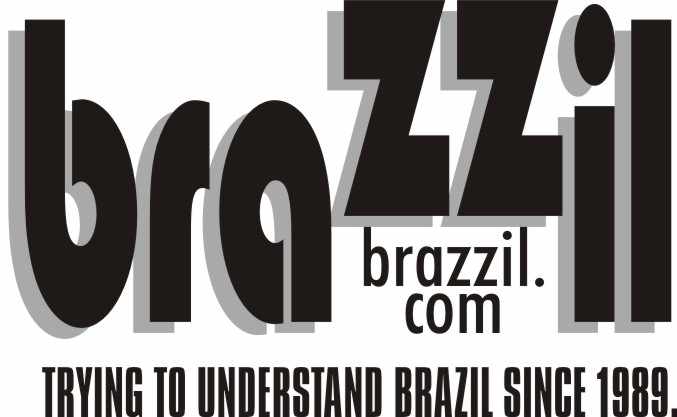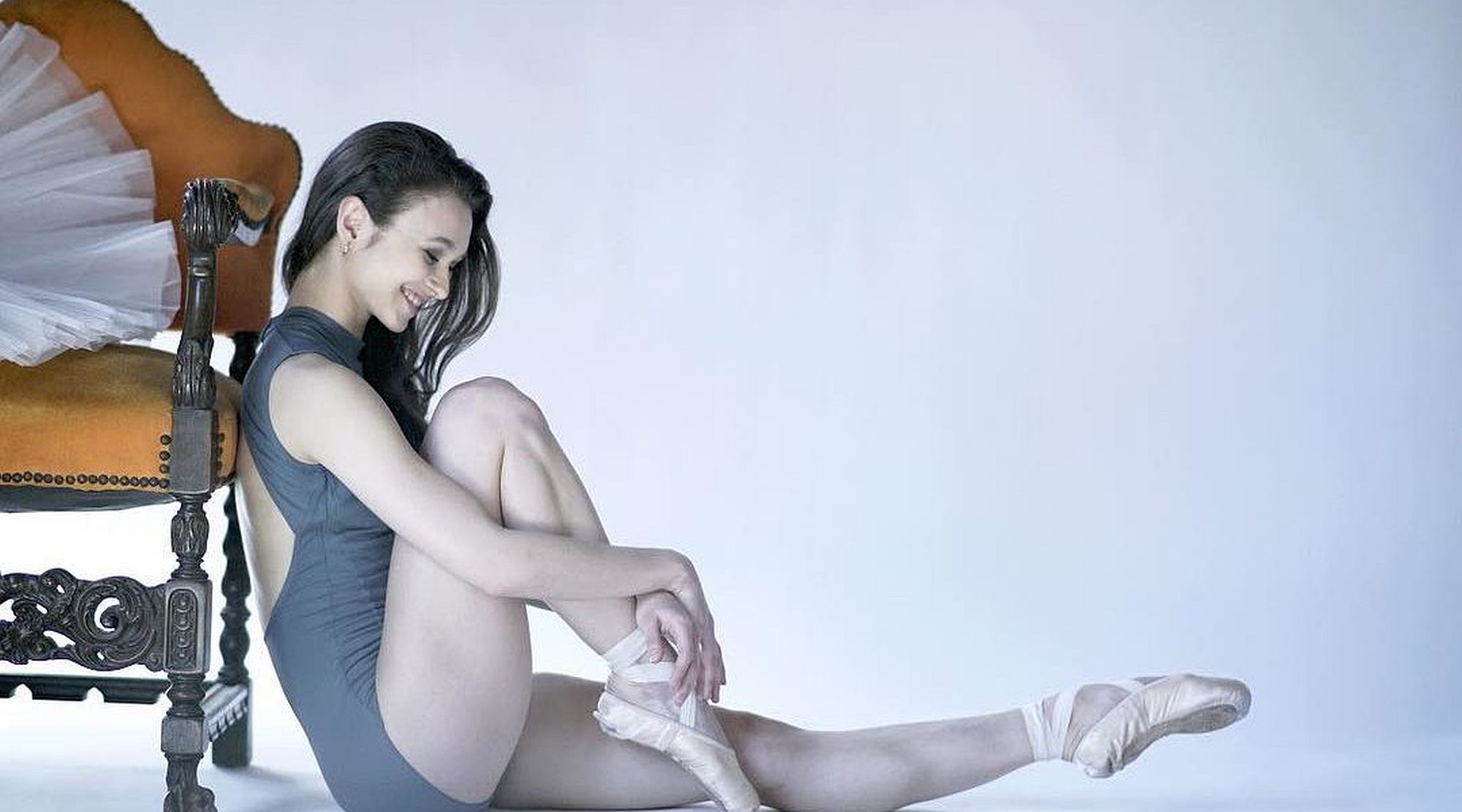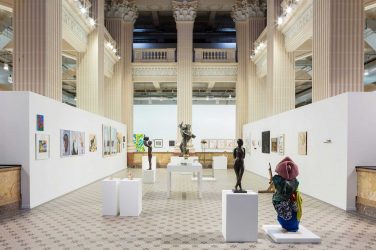There are two types of persons in the world: the ones who believe they cannot, and the ones who believe they can. This happens due to something that Psychology explains as “mindset”. People with a fixed mindset think in a limited manner, see obstacles as a sign to stop trying and that everything is impossible to happen.
But people with a growing mindset are always expanding their abilities, exploring new possibilities and learning in a constant process. These are the ones who make the world turn. And there is someone who can even make the world stop just to look at her. She is a Brazilian ballerina. Her name is Camila Schäefer D’ornellas Rodrigues. Let me tell you about her.
Camila was born in a city called Volta Redonda, in the interior of Rio de Janeiro, that was founded by the great force in the steel industry. In a family with engineers for several generations, still as a child, Camila knew engineer was not her path. In 1999, her parents registered her in a small dance academy, but it was not enough, she wanted more.
Until one day, noticing her talent, the ballet teacher orientated Camila’s parents to invest in her potential and make her study ballet as a professional career. In 2007, after one-year training, Camila auditions for the best and world-renowned dance school in Brazil, the Escola Estadual de Dança Maria Olenewa. Approved, the parents move with their daughter to the capital so she could study dance and follow her dreams.
The time in EEDMO was a rehearsal for what Camila’s life would become. Long hours of class and training, high competitivity among dancers, little belief from teachers in her potential. But Camila had a call inside of her, an inner voice of perseverance and courage to move on.
Since Brazil is not a country with great investments in culture, much less ballet, and knowing that she wanted to follow the career of a ballerina, Camila decides to try other ways. Finally, her mom in 2010 gets in contact with Nora Esteves, the greatest Brazilian dancer, who teaches at Centro de Movimento Deborah Colker. Nora has so much influence in ballet in Brazil and in the world, that in Camila’s time as a student, she had a drawing of Nora as the symbol of the school sewn on her leotard.
The contact with the ballet master directs Camila’s studies to another direction. Camila says, “Nora gave me tips that I carry with me until today and her corrections will always be by my side. She even compared me to a statue of Edgar Degas, La Petite Danseuse de Quatorze Ans, who portrays a ballet dancer from the ballet school of the Paris Opera. Today, I have pictures of the statue everywhere near me, including a picture on top of my bed, which reminds me every morning of where I came from and who I really am.”
Under Nora’s direction, Camila goes to the ballet school where Nora herself went and where her international career started, the Joffrey Ballet School in New York, USA. More dedication and preparation are required from the dancer. However, Camila’s desire to grow was so strong and her commitment so high that in just one week, she was chosen to join the Joffrey Ballet Concert Group, where she danced for two years and toured in China, Canada and several cities in the United States. She was the only Brazilian in the company for almost two years and not having English as her first language, communication was a huge challenge.
Dancing about eight hours a day, in addition to being physically tired, the dancer also mentions arriving home mentally exhausted by always having to pay close attention to English conversations. She explains that “the dance language is the best and most complete way that exists for me to be able to express myself. Without words and a lot of emotion, this is the way that I dance every day and show what I have inside of me.
I am very perfectionist and classical ballet requires a lot of perfection, even not being possible to achieve it. I believe that this is another reason why the ballet moves me so much and makes me always want to improve and give the best of me. Ballet also shows me what I am capable of, even before knowing it myself.”
From 2017, her career begins to take off. She participated in two international ballet competitions: The World Ballet Art Competition Grand Prix, where she won first place in the semifinal in New York and in the final, in Niagara Falls, Canada; and Valentina Kozlova International Ballet Competition, where she won the Best Interpretation of the Contemporary Compulsory in the final in New York.
She went to all competitions alone and on her own. With the support of friends and family, but without technical support, she took care of costumes and rehearsals by herself. She says that “if there was no one to rehearse me, I would put my cellphone on the floor, I would play the music and I would dance. At the end of each variation or solo, I would watch the video and correct myself, and that way I got very far.”
In 2017, she became Ambassador of the brand Capezio (#TeamCapezio), the largest dance brand in the US and one of the largest in the world. She already had several photo shoots with the brand and she has the role of promoting the products meeting the need of dancers. In addition to the partnership with the brand, Camila has already been photographed for exhibitions in art galleries, books, and media.
In September 2018, she had the opportunity to be photographed by Solanne Fardel, a French photographer residing in the USA, for the “Usual Day” series, in which the purpose was to show the contrast of New York on an ordinary day with a dancer going to work wearing her stage clothes.
During her last trip to Paris, in January, she teamed up with Anthony Richelot, a professional cyclist in Paris, who has won two of the three editions of the Keirin Caviar (famous bicycle competition in Paris) and Danish brand Pas Normal Studios (one of the best brands of clothes for cyclists).
With ballet shoes and bicycles, Camila and Anthony decided to join these opposing worlds, these two cultures so different, these two languages that at first do not communicate, but that have so much in common, creating a beautiful unique material.
This series became a major worldwide success. Anthony says, “Like ballet, cycling is a sport of elegance. The position of the body on a bike, how one holds one’s handlebars, how one puts one’s fingers on the brakes, the way one folds one’s arms, the position of one’s head. Just like the dance, cycling is a visual sport. You have to be elegant on your bike. Cycling is a sport of nobility.”
Currently, Camila lives and works in New York, always looking for the next expression of her art. The dancer reveals: “Today I dance in New York to choreographers known worldwide and I know that my journey is still only beginning. There is a voice inside of me that tells me to go on, to not look back, but acknowledge where I came from and always represent Brazilians as people who know what they want, who do not give up and that nothing will stop us from fighting for what we love.”
What can be said of a mindset like Camila’s? She knows what she wants. And she will only stop when she conquers what she came for. She is the embodiment of La Petite Danseuse de Quatorze Ans (The Little Fourteen-Year-Old Dancer). The big spotlight will still follow Camila for a long time, no matter where she goes. The dance needs the art of Camila, the world needs to see her statement.





